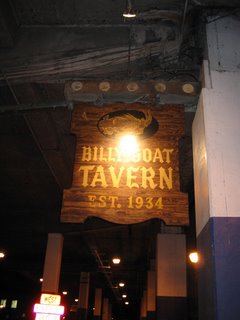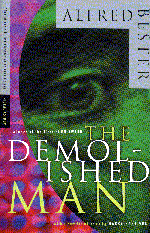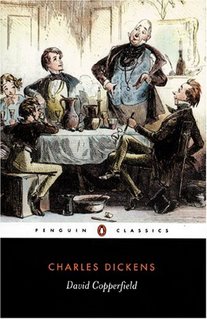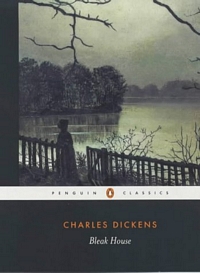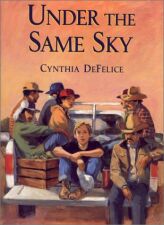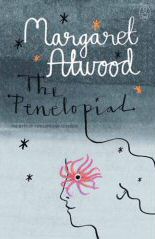Good article came my way this morning. Thought I'd share it:
Please, I want some more Dickens
A fruitless search for the author at schools and on teen reading lists inspires a parent's literary crusade.
By Janine Wood
DEERFIELD, ILL.
Do you know any seventh graders reading "Great Expectations"? If not, maybe you should. In his book, "The Educated Child," former Education Secretary William Bennett suggests the Charles Dickens novel be part of a seventh- and eighth-grade reading list. I referred to Mr. Bennett's list recently while helping my 12-year-old son choose a book.
"Great Expectations!?" Now that's expecting a lot, I thought. I remembered picking it up on my own in eighth grade. But would adolescents today read Dickens in their leisure time? Maybe Mr. Bennett's book, written seven years ago, had made an impression. I called a local librarian. No, she said, "Great Expectations" is not a hit.
Next I polled my neighbors' children. Seventh graders on my block weren't reading "Great Expectations." They weren't reading "A Tale of Two Cities," "David Copperfield," or the "Pickwick Papers" either.
"Classics are stupid," said one 13-year-old girl, whose desperate mother had tried paying her to read Louisa May Alcott's "Little Women." "I'd have to buy my son 17 North Face jackets before he'd look at a classic," said another mother.
Why did Bennett's recommendation seem so far-fetched? Yes, television, iPods, and computer games interfere with reading, but was that the only explanation? Maybe the Dickens novel was simply too hard to find. I wanted an answer.
First, I visited the children's section of the library. The books displayed most prominently in the center of the room addressed contemporary social issues such as anorexia, homelessness, divorce, and poverty. I finally found some by Dickens tucked away toward the back of the room.
I left the library and wandered over to the local bookstore. While I relaxed with a book by the 19th-century essayist Thomas De Quincey, a middle-aged woman entered and asked a saleswoman for a book recommendation.
"Do you want chick lit, a page-turner, or a romance?" the saleswoman asked. Oh, how I wish she had asked, "Do you want Charles Dickens, Emily Brontë, or the latest translation of 'The Iliad'?" I felt as though I were at Wal-Mart instead of the bookstore, and that prompted me to wonder what other adults were reading. I asked around at the bookstore's cafe. Nobody had read Dickens since college and even then it was a chore. "I hated all that detail," one woman complained.
Then I scoped out the bookstore's teen section. Risqué images graced the covers of books with titles such as "Skinny Dipping" (second in the "Au Pairs" series) and "Gossip Girl." For boys, there were paperbacks that looked more like computer games than books – glossy covers depicting space ships and intergalactic battles.
"It's all teen trash," said the mom who had tried bribing her daughter to read "Little Women." "I might as well buy her a 'Harlequin Romance.' " How could the little black and white sketches of chubby men smoking pipes that appear in the older editions of Dickens compete with sexy girls romping on beaches?
"The answer is obvious," said a local father of two high school girls. "Teachers don't read Dickens, so they don't assign him." And sure enough, I looked at my son's past summer reading list and Dickens wasn't there. Neither were Mark Twain, Robert Louis Stevenson, or Stephen Crane. It seemed clear: For students in junior high, Dickens doesn't exist – not in book groups, not in schools, not at the library, and not at home. "Bah, humbug," I growled, and went off on a search for Mark Twain.
Parents, start a revolution! Unplug all electronic gadgets and get your children reading great books again. Here are a few tips:
• If "Great Expectations" seems too difficult, read the first few chapters aloud. Ask your child to read the rest.
• Ask your child to read at least 75 pages before giving up.
• Listen to classics on tape.
• Ask librarians to make the classics more visible to children.
• Start a children's book group. Gather a few children together. Meet at a local bookstore. The discussion doesn't need to be long – 10 minutes will do.
• Get in touch with the Great Books Foundation, which offers a list of age-appropriate books and instructions for guiding discussions.
Together, we can save Dickens – and others like him – from extinction!
• Janine Wood is a homemaker and writer.
http://www.csmonitor.com/2007/0116/p09s02-coop.html





















